steamed vermicelli roll
Intestinal powder originated in Luoding, Guangdong Province, has been spread throughout the country. According to geography (taste), it can be distinguished from the well-known Xiguan intestinal powder in Guangzhou, Hakka intestinal powder in Meizhou, Chaozhou Chaoshan intestinal powder, Hekou intestinal powder in Yunfu, Yunan capital intestinal powder and so on.
Intestinal powder originated in Luoding, Guangdong Province, has been spread throughout the country. According to geography (taste), it can be distinguished from the well-known ones such as Xiguan intestinal powder, Meizhou intestinal powder, Chaozhou intestinal powder, Yunfu River mouth intestinal powder, Yunan Capital intestinal powder, etc. And this traditional cuisine has already appeared in the Tang Dynasty. It originated from the city of Luoding (today's Guangdong city). At first, it was the Tang Dynasty's oil-flavored bamboo paste. Huineng and Huiji had no intention of creating it. Because the oil-flavored bamboo paste created by Huineng and Huiji was too thin to be divided into pieces as before, they could only be shoveled back into a pile and then divided into sections or not. This is the origin of the method of sausage powder, but at that time it was not called sausage powder. In order to distinguish it from the original oil-flavored steamed bread, people call it oil-flavored steamed bread. Since the disaster has not been alleviated, Huiji personally participated in the research work of improving the oil-flavored steamed bread. After that, Baoliang, Huineng and other disciples were arranged to teach the new oil-flavored steamed bread to the people of Fangzhou. This kind of oil-flavored steamed bread soon spread in the land of Fangzhou. Hui Neng was very grateful and helped to create a new name in the process of communication, called Hui Ji. Because Hui Ji is originated from dragon niche, it is also called "dragon niche" in the locals.
Guangzhou's intestinal powder is transparent, its mouth is Q, its sauce is soy sauce, and vegetable is lettuce. Chaozhou's rice noodle is white and tastes sweet and glutinous. Most of the sauce is peanut oil and peanut butter.
During the reign of Qianlong, when Emperor Qianlong visited the south of the Yangtze River, he was deluded by Ji Xiaolan, the Minister of Eating Guests, and specially transferred to Luoding Prefecture to eat Longgang. When eating this kind of "long enough, tender and slippery" dragon's niches, Qian Long praised them and said: "this sauce is not a glutinous rice cake, but rather like a pig's intestines. * it's better to call it" rice noodle ". Later, he returned to the capital city, and he never forgot Luoding's sausage powder, which spread in Guangdong, more and more sausage powder stores.
At present, sausage flour is one of the famous traditional snacks in Guangdong. Sausage flour is salty and sweet. The fillings of salted sausage flour mainly include pork, beef, shrimp, pork liver and so on. The fillings of sweet sausage flour are mainly sugar-soaked vegetables and fruits, then mixed with fried sesame. Intestinal flour is divided into two main types according to its genre. One is bran flour, the other is drawer flour. Because of the different tools used, the resulting intestinal flour is different.
Bra sausage powder tastes mainly fillings (most of the sausage paste is made of sticky rice flour followed by clear noodles, millet flour and raw meal). Drawer type meal powder (made of pure rice pulp) is the main ingredient to taste rice flour and sauce seasoning.
Rice flour is rich in protein, starch, trace elements, vitamins and so on.
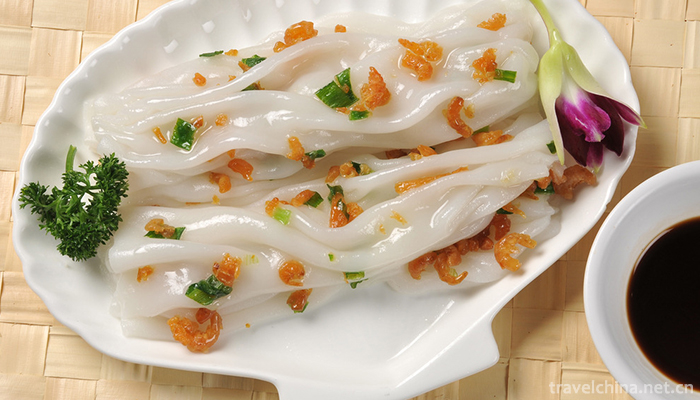
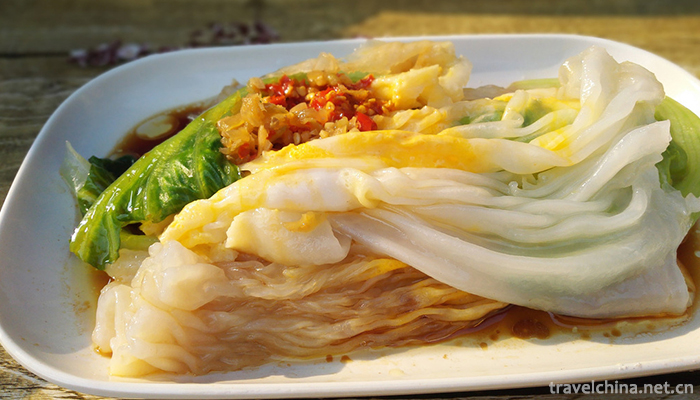
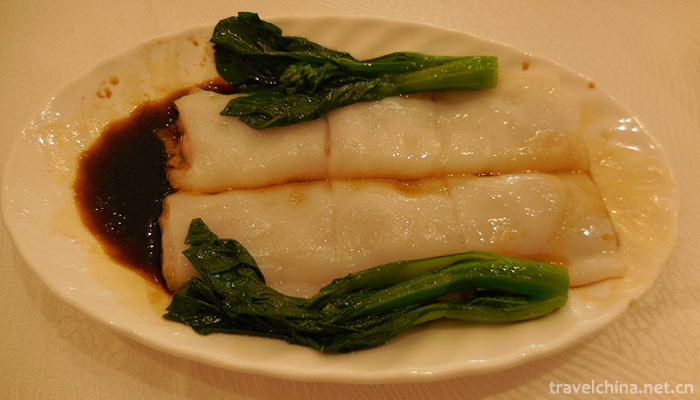
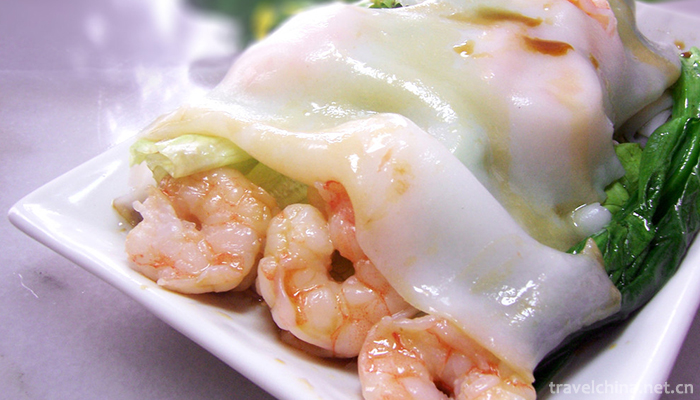
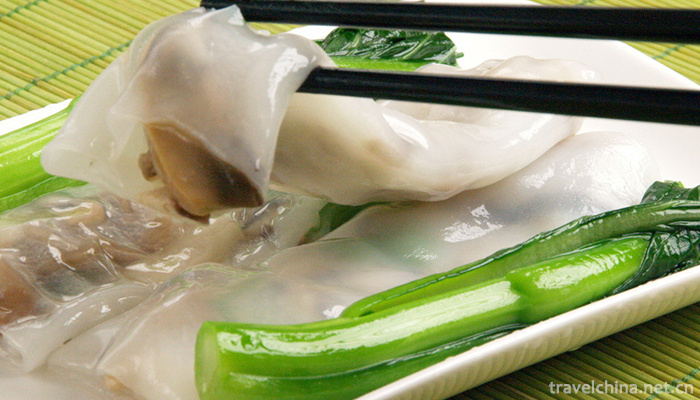
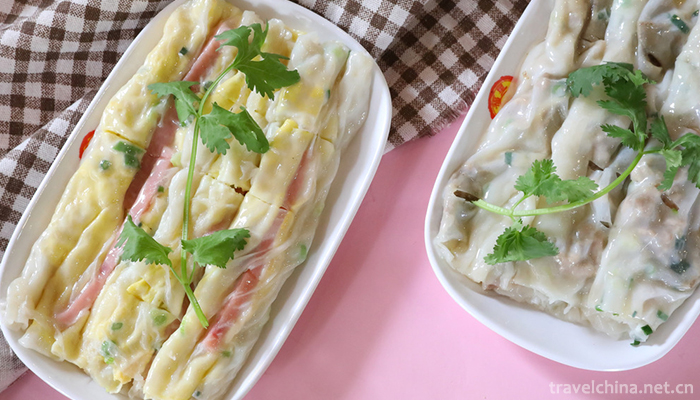
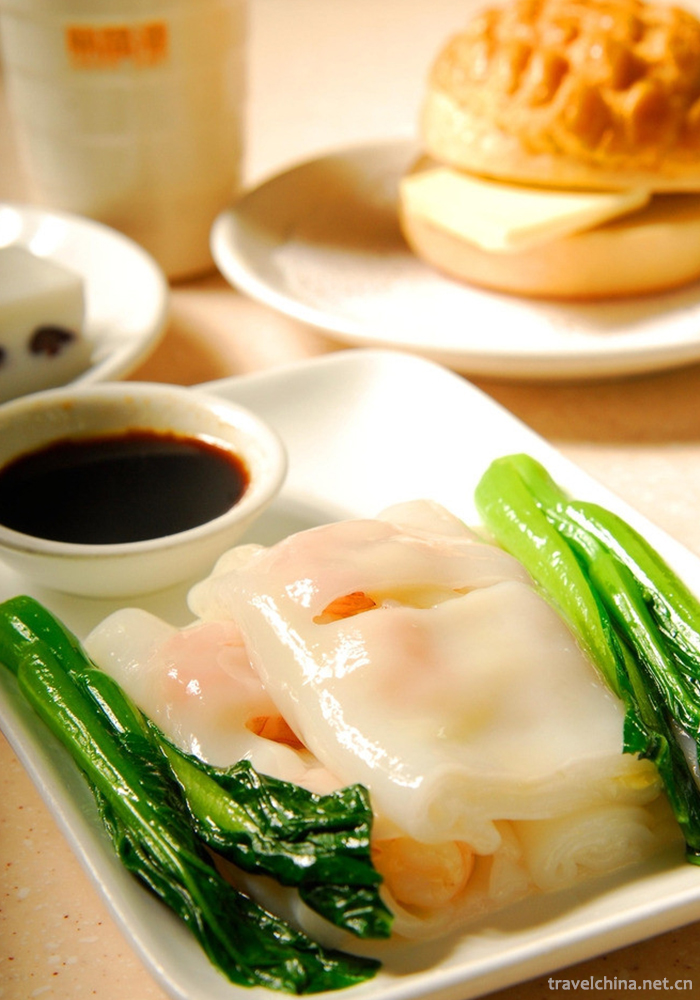
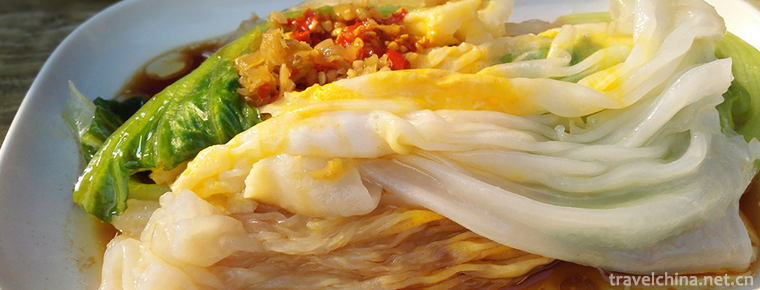
-
1.Chaoyanggou tourist attraction
Chaoyanggou Scenic Spot in Hebei Province is one of the 30 most beautiful scenic spots in China, including AAAA-level scenic spots, National Geological Forest Park, National Rural Tour Demonstration S
Time 2019-01-05 -
2.Chen Yuns former residence and Qingpu Revolutionary History Memorial Hall
Chen Yun's former residence and the Qingpu Revolutionary History Memorial Hall are the only Memorial Hall in the country that systematically demonstrates Chen Yun's life achievements approved by the C
Time 2019-01-05 -
3.fengjing ancient town
Fengjing Ancient Town, which belongs to Jinshan District of Shanghai, is located in the southwest of Shanghai and borders five districts and counties of Shanghai and Zhejiang. It is the most important
Time 2019-01-12 -
4.Gongchangling Hot Spring Skiing Ground
Gongchangling Skiing Ground is located in Tanghe Scenic Area of Gongchangling, Liaoyang City, Liaoning Province. It covers an area of 100 hectares and is a national AAA-class tourist attraction.
Time 2019-01-12 -
5.Jinan Baili Yellow River Scenic Area
Jinan Baili Yellow River Scenic Area is adjacent to the northern part of Jinan City. The south gate of the Scenic Area is directly connected to Jinan City's central axis - Jilu Road
Time 2019-01-20 -
6.Construction Techniques of Miaozhai Diaojiao Building
Miaozhai hanging-feet building is evolved from the form of "nest dwelling". It is built with bamboo and wood. The lower part of the building is hollow. It is called "semi-dry fence"
Time 2019-06-05 -
7.Uygur traditional knife making skills
Xinjiang handicraft knives (Yingjisha knife, Guizi knife, etc.) are generally more than ten or twenty centimeters long. The largest is more than half a meter and the smallest is only about two inches.
Time 2019-06-26 -
8.Yi Quan
Yiquan, also known as Dacheng Quan, is one of the traditional Chinese boxing and belongs to Neijia Quan. It comes from mind boxing. Including: standing pile, trial, footwork, strength, sound test, pus
Time 2019-07-13 -
9.Paper Paper Paper Processing Techniques
Traditional processing paper is to make raw paper into processing paper by dyeing, sizing, powder filling, waxing, mounting, spraying gold, leveling, watermarking, painting and other processes, in ord
Time 2019-07-25 -
10.Former residence of Wu Yuzhang
Wu Yuzhang's former residence is located in group 6, caijiayan village, Shuangshi Town, Rong County, Zigong City, Sichuan Province. It is 14km away from the county seat and 32km away from Zigong City.
Time 2020-10-15 -
11.Fangshan Luzhou
Luzhou Fangshan is a famous mountain in Sichuan. There are Emei Bantang, xiaozhongnanshan, xiaoemei, Yunfeng, etc. It is composed of 99 peaks, which are square from all sides, and are extremely magnificent.
Time 2020-10-16 -
12.Cross stitch of Chinese embroidery
The earliest cross stitch was embroidery on animal fur fabrics with silk extracted from silkworm cocoons. Later, it was used to decorate clothes and furniture. Cross stitch, with its simple embroidery method, noble and gorgeous appearance, exquisite
Time 2020-12-12